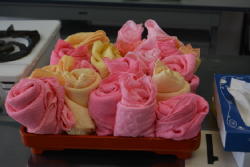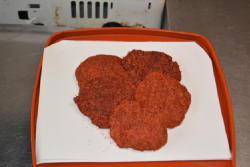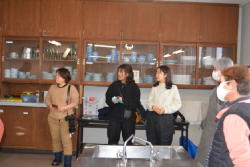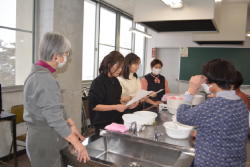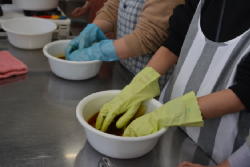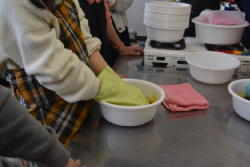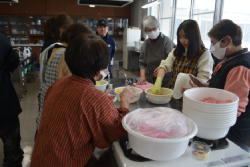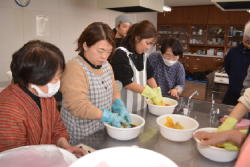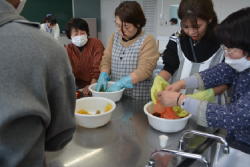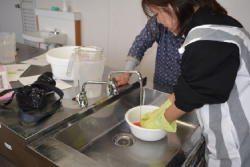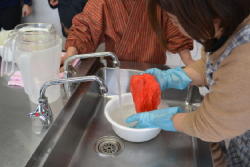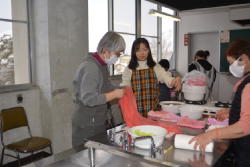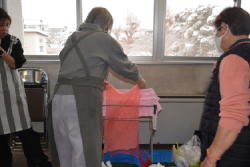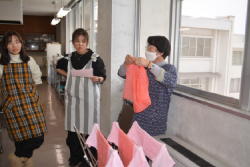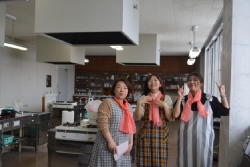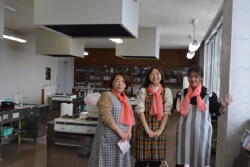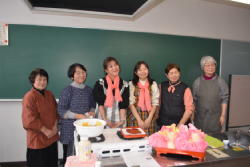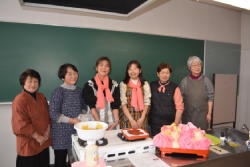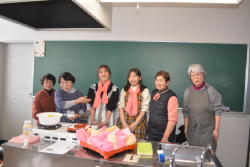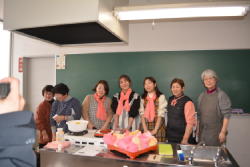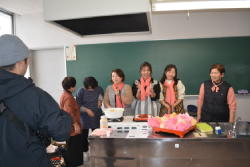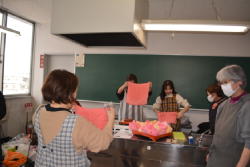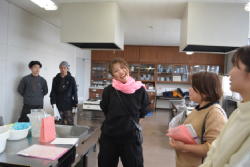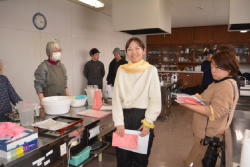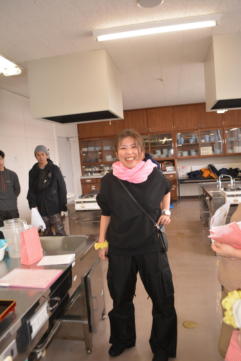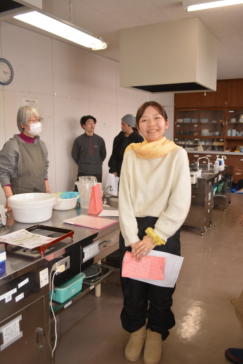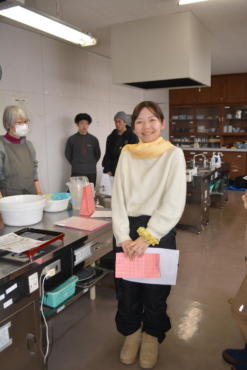詳細ページ4
Welcome from Taiwan. Experience of safflower dyeing 台湾からようこそ紅花染め体験 2025年2月19日 Welcome to safflower dyeing (紅花染めへようこそ) The origin of the safflower "Mogami Benibana" cultivated in Yamagata Prefecture is said to be the Middle East. (山形県で栽培されている紅花「もがみべにばな」の原産地は中近東だそうです。) It was introduced to Japan via the Silk Road in the 3rd century. (日本へはシルクロードを経由して紀元3世紀に伝来しました。) Safflower has been discovered at the Makimuku ruins in Nara Prefecture. (奈良県の纏向遺跡から紅花が発見されています。) It has been cultivated in Yamagata Prefecture since the Muromachi period. (山形県では室町時代から栽培されています。) The safflower of Yamagata Prefecture has also been recognized as a "Japan Heritage" and "Japan Agricultural Heritage." (山形県の紅花は、「日本遺産」・「日本農業遺産」にも認定されています。) Only Yamagata Prefecture in the world grows flowers, picks flowers, makes red rice cakes, and dyes with safflower. (花を育て、花を摘み、紅餅を作り、紅花染めをするのは世界中で山形県だけです。) Safflower contains 1% red pigment (carmine, which only exists in safflower) and 99% yellow pigment (safflower yellow). (紅花には1%の赤(カルタミン・紅花にしか存在しない)と99%の黄色(サフロールイエロー)の色素がありま す。) Red is said to symbolize life and has been used since ancient times as a talisman against evil. (「赤」は命を象徴する色と言われ古来より魔除けの意味で用いられました。) The precious red of safflower, praised as "a hundred times rice and ten times gold," was once used to dye the garments of noble individuals. (「米の百倍・金の十倍」と謳われた紅花の貴重な赤は、その昔 高貴な身分の方の衣装を染めたということで す。) Thank you for the experience of safflower dyeing from Taiwan. (台湾から紅花染めの体験ありがとうございました。)
教室・体験会 詳細ページ1 詳細ページ2 詳細ページ3 詳細ページ4 |

